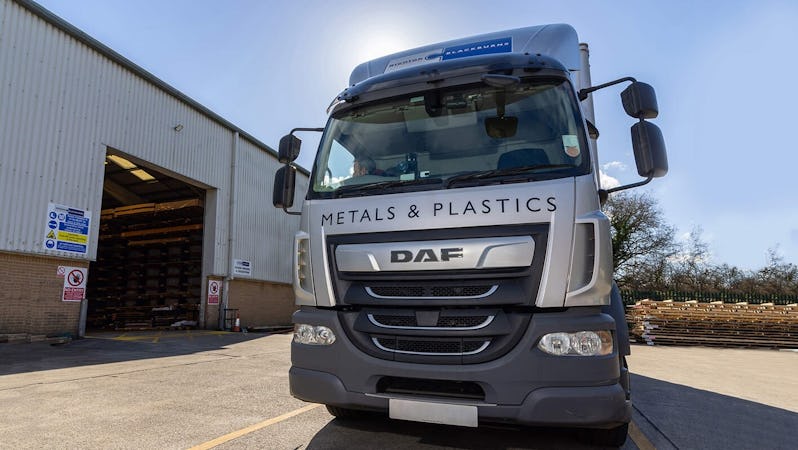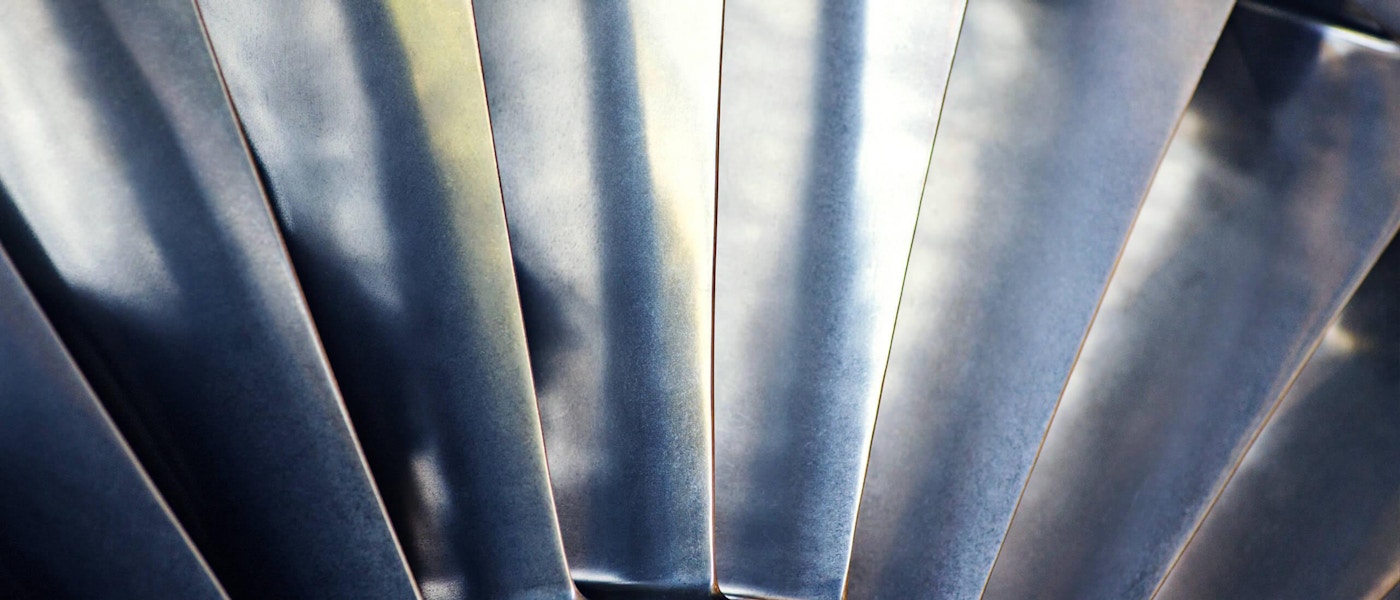Special Steel S80
A 16% chromium stainless steel modified by the addition of nickel in the British Standard Aerospace series of alloys.
S80 is used where high mechanical properties are required, and where corrosive conditions are not too severe.
It is one of the most corrosion-resistant grades of martensitic stainless steels, displaying excellent strength and toughness, resistance to stress corrosion and oxidisation.
Special Steel S80 Key Properties
- High strength
- Toughness
- Oxidation resistance
- High corrosion resistance
Special Steel S130
Special steel S130 is an austenitic 18/9 chromium-nickel stainless steel in the British Standard Aerospace series of alloys.
S130 is used for heavy-welded assemblies which cannot be annealed after welding and where corrosive conditions can affect aircraft components. It is often used in the defence and high technology industries.
Special Steel 130 Key Properties
- High strength
- Corrosion resistance
- Good oxidation resistance
Special Steel S143
A precipitation hardening, aerospace-grade stainless steel, S143 combines high mechanical strength with moderate to good corrosion resistance in a variety of applications.
It is used for mechanical components in aerospace and defence and high-tech mechanical projects.
Special Steel S143 Key Properties
- High mechanical strength
- Good to moderate corrosion resistance
General Information for Special Steels
Special Steel Classifications
Carbon Steel
Carbon steel is an alloy of iron and carbon with a carbon content of less than 2%.
The carbon steel also generally contains small amounts of silicon, manganese, sulphur, and phosphorus.
Carbon steel is generally subdivided into the following categories
- carbon tool steel
- carbon structural steel
- free cutting structural steel
- high carbon steels
Carbon structural steel is itself two different types, building structural steel and machine-made structural steel.
According to how much carbon is used, carbon steel can also be divided into low, medium, and high carbon steel. Which classification is which depends on the phosphorus and sulphur content.
The three divisions of this are:
- Ordinary carbon steel (high in phosphorus and sulphur)
- High-quality carbon steel (low in phosphorus and sulphur)
- High-quality steel (low in phosphorus and sulphur).
The iron content in carbon steel, unlike that in stainless steel, isn't resistant to rust regardless of carbon content, but the more carbon there is, the more it naturally improves corrosion resistance because of greater overall strength.
High Carbon Steel
Any steel with a carbon element in excess of 0.55% is known as ‘high carbon steel’.
Once the carbon content passes 2% however, the resulting material becomes highly brittle and its uses are limited.
High carbon steels have some fantastic properties including very high strength, extreme hardness, moderate ductility and substantial wear resistance.
Predominantly high carbon steels are used for implements such as cutting tools as they can keep an exceptionally sharp edge under pressure. For the same reason, it is an ideal choice for masonry nails needed for pounding into rock and other exceptionally demanding projects where extreme hardness is essential.
Carbon ‘Tool’ Steel
Steels with a carbon content exceeding 0.8% as known as Carbon tool steels.
These steels are exceptionally hard and as such are used for punch awls, shearing blades, springs, and a multitude of cutting implements, razors and knives.
Another downside of carbon tool steels is that they have poor ‘red hardness’ meaning they struggle to hold their structural integrity in high-temperature environments.
They are also much more difficult to harden when used for larger components and prone to cracking and integral faults.
Low Alloy Steel
Ordinary low alloy steels are popular alloy steel containing only small amounts of alloying elements.
Usually, low alloy steels will be a mix of 0.5 to 1% molybdenum for creep strength, and chromium between 0.5 and 9% to improve its corrosion resistance, ductility, and graphitisation resistance.
The strength of this special steel is relatively high, the overall performance is good, and it has reasonable resistance to corrosion, wear, and low temperatures.
It is also a great choice for cutting and welding operations.
Low alloy steels have good longevity and a far greater range of commercial applications than carbon steels.
Alloy ‘Structural’ Steel
Alloy steel is a broad class of steel that unites carbon and a wide range of many other elements.
Among the more common of these elements are manganese, boron, vanadium, silicon, chromium, nickel and molybdenum.
And the rarely used are aluminium, copper, cobalt, cerium, zinc, tin, niobium, zirconium and sometimes lead.
Alloy steels are commonly used in engineering and for building structural components, such as parts for railways and geological oil drilling.
These steels are also ideal for environments requiring very high wear resistance, and those where very high strength coupled with weldability are key factors.
Carbon Steel vs Stainless Steel
When steels contain high levels of carbon, they become both much stronger and much harder.
This is the reason many bladed weapons are made with high carbon steel such as the famed Japanese katana.
However, some carbon steels can and do rust, and are less ductile than stainless steel. For these reasons, its uses are very defined to very specific environments and bespoke projects.
Special Steels Sustainability
As with many other metals, special steels can be recycled infinitely without any loss of their inherent qualities.
Being one of the harder metal compounds their life term is almost peerless when kept in the right conditions, leading to lower maintenance and repeat costs.
For these reasons, along with its stainless steel counterparts, special steels are among the best recyclable materials.





